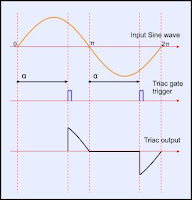This battery charger circuit is for Sony Ericsson standard batteries, Li-Polymer type, with a nominal voltage of 3.6V and a capacity of 900mAh. But you can also charge Nokia batteries as well.
Charging lithium cells is fairly straightforward. You generate a well regulated voltage and ensure the charging current is sufficiently low so as not to cause overheating problems. Also, when the correct terminal voltage as been attained, it is important to shut down the charging process at that point.

